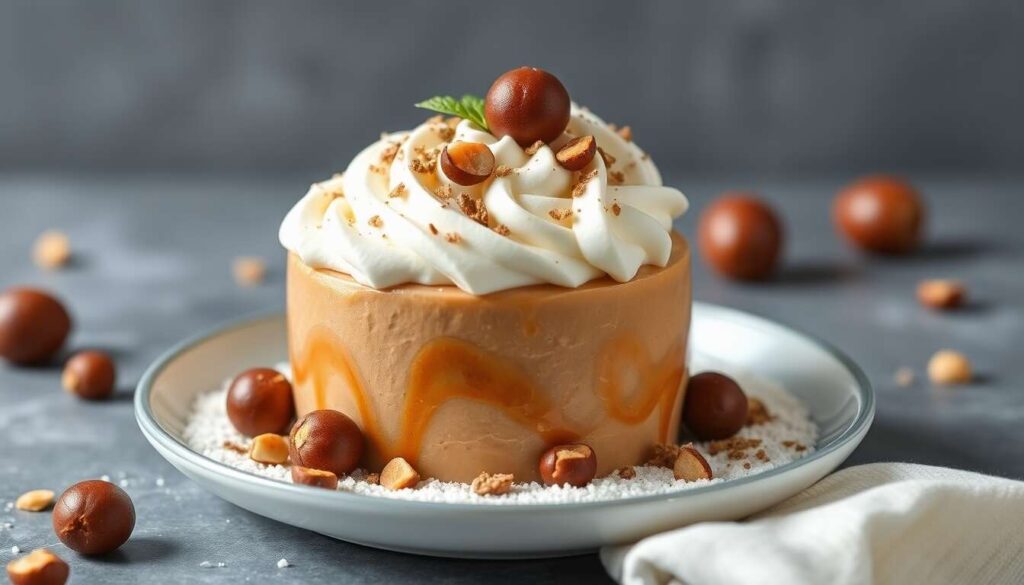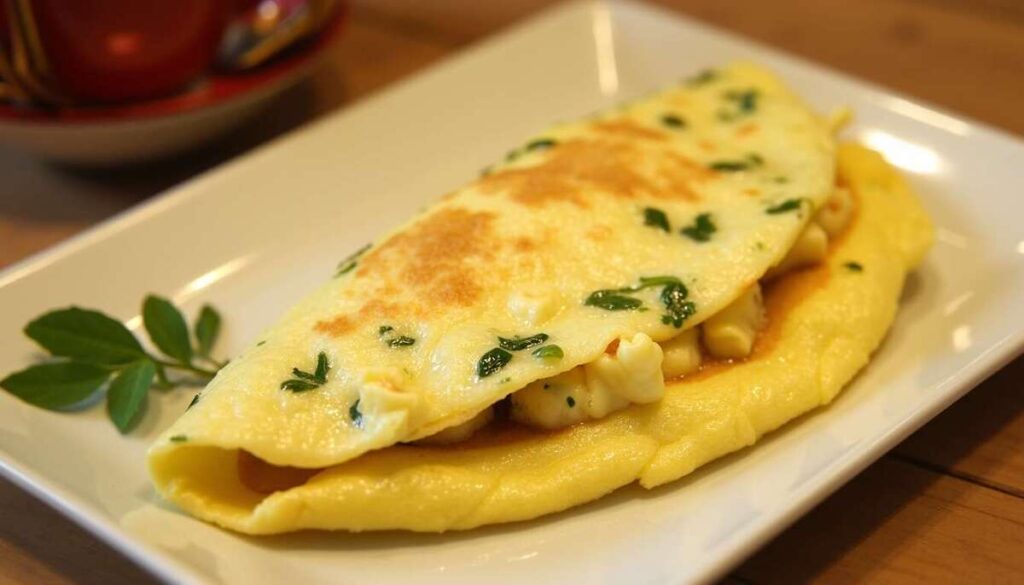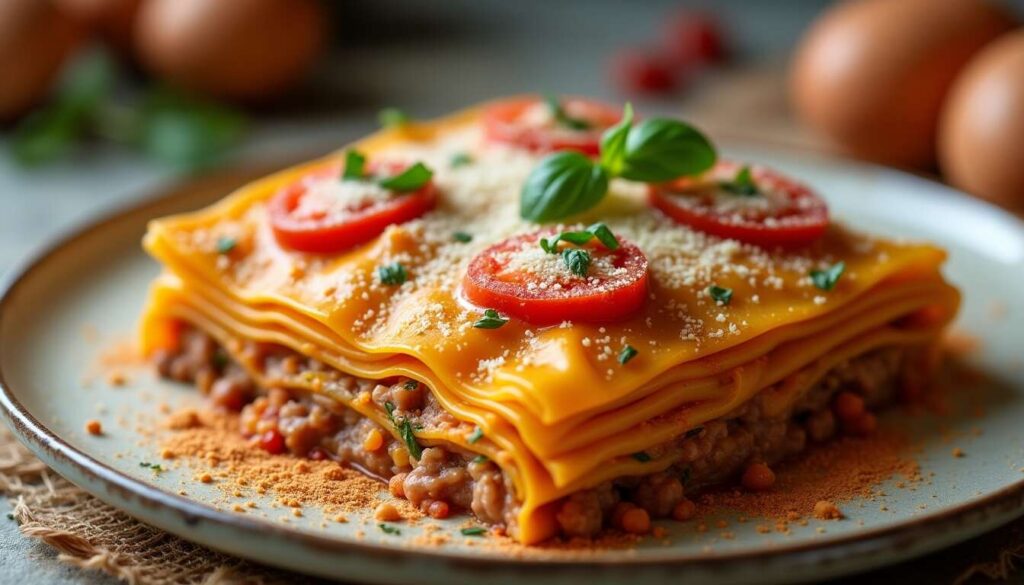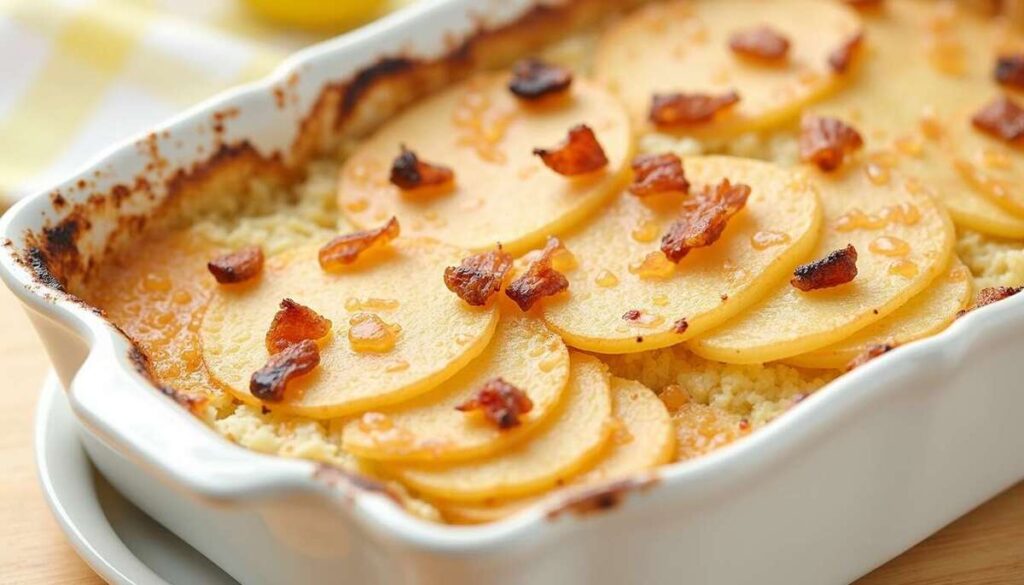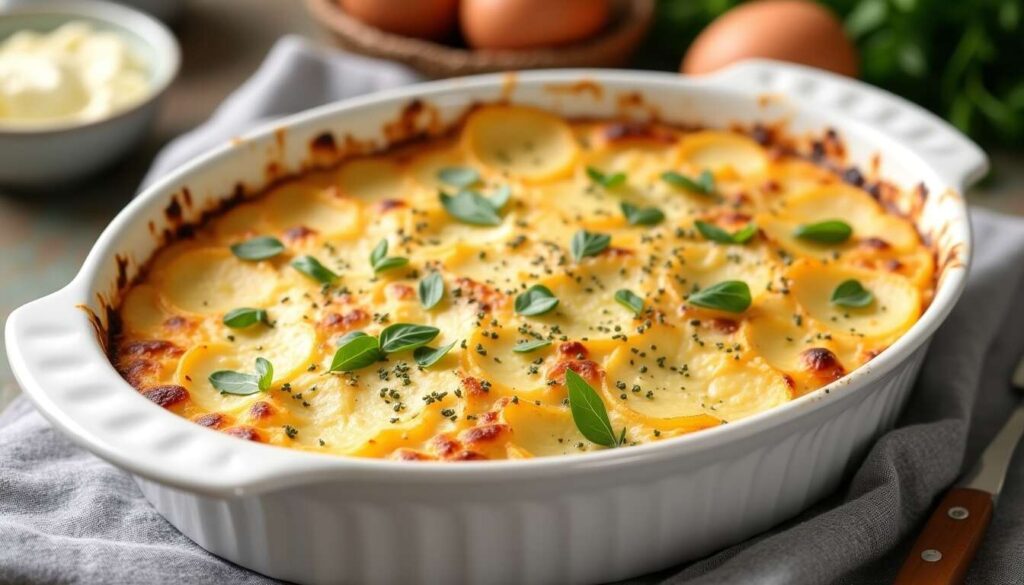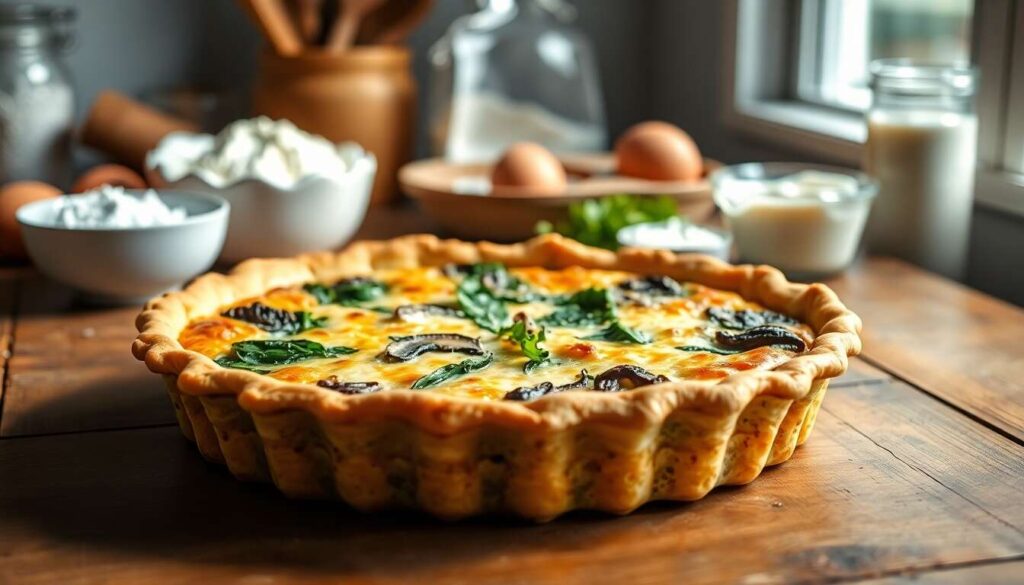Have you ever felt that your homemade cakes are missing that special something? You experiment with various recipes and tweak the ingredients, yet the result falls short of your expectations. Allow me to share a well-kept secret from pastry enthusiasts: rye flour. This subtle powder, hailing from the North and wrapped in mystery, has the power to transform your cakes into masterpieces of moistness. Let’s dive into the world of this often-overlooked flour and discover how it can revolutionize your desserts.
Discover the Secret Flour That Transforms Your Desserts
An Ancient Yet Modern Origin
Rye flour has deep roots in the history of colder regions of Europe, where it has long served as a staple food. With its grayish hues and rustic flavor, it offers a unique alternative to traditional wheat flours. However, it’s not just its history that makes this flour intriguing; its properties, such as its ability to retain moisture, make it an ideal choice for those seeking an exceptionally fluffy dessert.
The Unique Characteristics of Rye Flour
One might say that rye flour is the avant-garde sister of more common flours, offering a palette of tastes and textures that are unprecedented. Its secret lies in its capacity to absorb and retain moisture, an invaluable asset for cakes. Additionally, it provides health benefits that are not found in other flours, making your culinary choices both delicious and nutritious.
To fully embrace this discovery, it’s essential to know how to select the best flour for your baking needs.
Choosing Your Flour: The Ultimate Guide
Criteria for Selecting Quality Flour
Understanding the criteria that distinguish a good flour from a poor one is fundamental. Here’s what to keep in mind:
- Origin: prioritize flours sourced from local, environmentally friendly producers.
- Quality: look for labels that certify the absence of chemical additives.
- Grain Fineness: ensure the milling is fine, which is essential for good liquid absorption.
The Different Categories of Flour
Numerous types of flour are available in the market, each possessing its own qualities:
- Type 45: ideal for fine pastries, with a low bran content.
- Type 55: all-purpose flour, an excellent choice for home baking.
- Type 80 and above: offers a rich flavor and dense texture, perfect for bread.
Once you’ve chosen your flour, it’s crucial to leverage its benefits to enhance your pastry creations.
The Hidden Benefits of This Flour
A Health Ally
Rye flour is not only a source of moist texture, but it is also packed with nutritional virtues:
- High in fiber, it aids digestion.
- A source of vitamins and minerals, supporting the immune system.
- Its low glycemic index makes it a suitable option for those watching their blood sugar levels.
Environmental Benefits
In addition to its health benefits, rye cultivation is also advantageous for the environment. Its resilience to challenging climatic conditions means it requires fewer inputs, thereby reducing the carbon footprint of its production.
To make the most of this flour in your desserts and reap all of its benefits, some simple tips can go a long way.
How to Incorporate This Flour for Fluffier Cakes
The Secrets to a Successful Batter
Incorporating rye flour into your recipes requires some adjustments to achieve perfect moistness:
- Always mix the ingredients gently to avoid overworking the batter.
- Add liquid elements such as milk or yogurt to combat any potential density.
- Combine with other flours like almond flour for an even fluffier and more aromatic result.
Recipe Ideas to Try
Try replacing half of your usual flour with rye flour in chocolate cake or banana bread recipes to experience its magical effect. You can also pair it with spices like cinnamon or cardamom to give your pastries an exotic touch that will delight the palate.
However, certain precautions should be taken to avoid common mistakes, ensuring consistently perfect results.
Mistakes to Avoid for a Perfect Result
Common Pitfalls
Avoiding specific mistakes when using rye flour is imperative:
- Improper measurement: a kitchen scale is your best ally.
- Neglecting to sift the flour to prevent lumps in the batter.
- Overheating the oven: opt for gentle, appropriate baking temperatures.
Adjusting for Climate
Depending on the humidity of your environment, it may be necessary to modify the amount of liquid ingredients. On humid days, slightly reduce the amount of water or milk to avoid an overly runny batter.
To fully comprehend the strengths and limitations of rye flour, it is beneficial to compare it with other popular types of flour.
Comparison with Other Popular Flours
Nutritional Properties Comparison Table
| Type of Flour | Protein (g/100g) | Fiber (g/100g) | Glycemic Index |
|---|---|---|---|
| Rye Flour | 8.0 | 12.5 | 50 |
| Wheat Flour | 10.9 | 3.2 | 85 |
| Almond Flour | 21.4 | 10.4 | 30 |
Advantages and Disadvantages
The key advantage of rye flour lies in its fiber content and its ability to add volume to baked goods. However, it does have a distinct flavor that may not be suitable for all preparations. Unlike wheat flour, which is more versatile, rye flour shines in specific recipes and often requires additional ingredients to balance its characteristic taste.
After evaluating the nutritional properties and some key differences, let’s explore the tips that will make your baking experience even more successful.
Tips for Baking Success with This Flour
Good Practices in the Kitchen
A few tips will help maximize the potential of rye flour:
- Pay attention to the temperature of the ingredients, especially when using eggs and dairy products.
- Prepare your pan with parchment paper for easy and flawless release.
- Test the baking with a toothpick or skewer to ensure your cake is cooked through.
Optimal Storage
To preserve the freshness and moistness of your rye flour cakes, wrap them in plastic wrap or store them in an airtight container. You can also freeze your creations for later enjoyment, ensuring no loss of flavor.
By incorporating these tips into your baking routine, your desserts will become irresistible. With this new culinary ally, you are sure to astound your guests with every bite.
Make Your Desserts Irresistible with This New Ally
Gourmet Pairings
To elevate your desserts further, consider pairing rye flour with:
- Fresh fruits such as apples and pears for a naturally sweet flavor.
- Spices like nutmeg and cloves for a warming effect, perfect for winter.
- Dark chocolate for a delightful sweet-bitter contrast.
Tips to Impress Your Guests
Finally, be creative. Don’t hesitate to explore new flavors and textures. Use unexpected toppings like poppy seeds or citrus zest to add flair to your presentations and pleasantly surprise your guests. A well-presented dessert is a promise of satisfaction.
By utilizing this unique flour and following these tips, your desserts will never be the same, allowing you to dazzle your guests with every tasting. Broaden your culinary horizons and enjoy the endless possibilities that rye flour offers.


